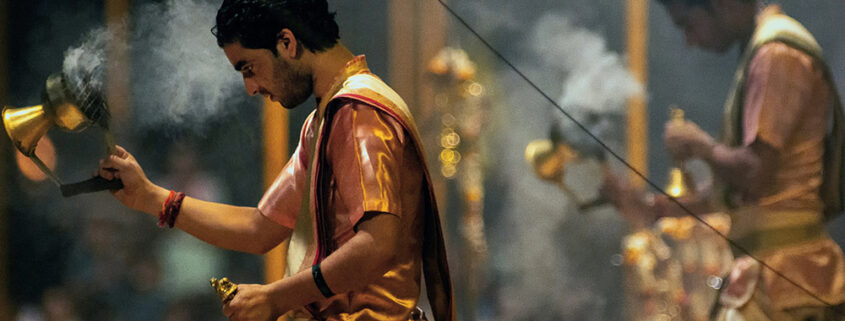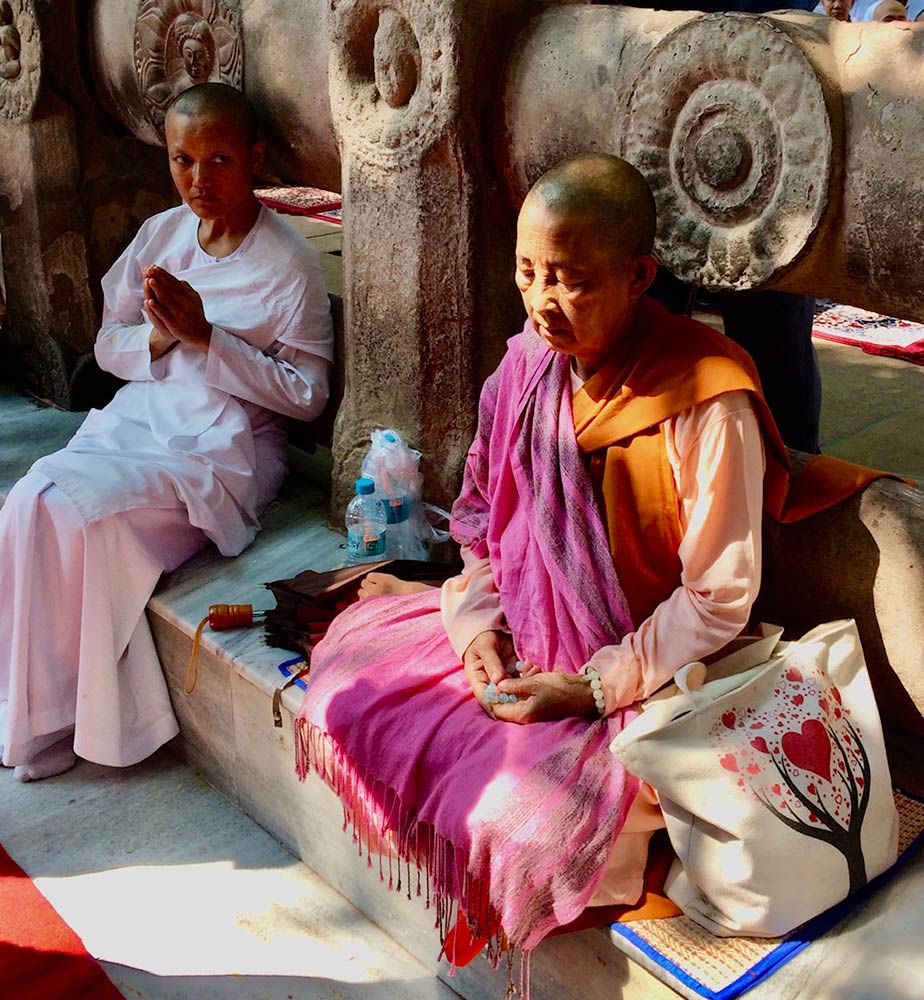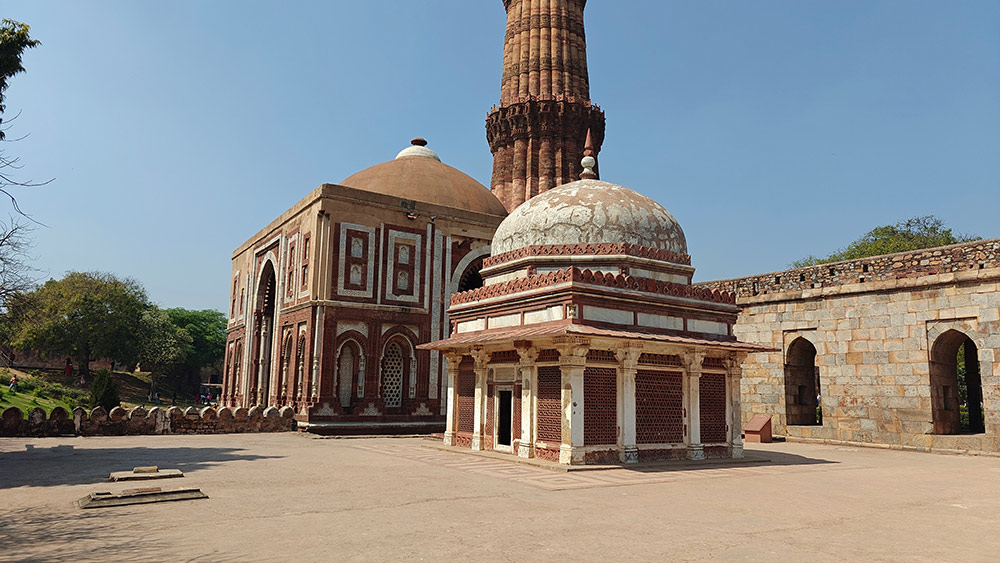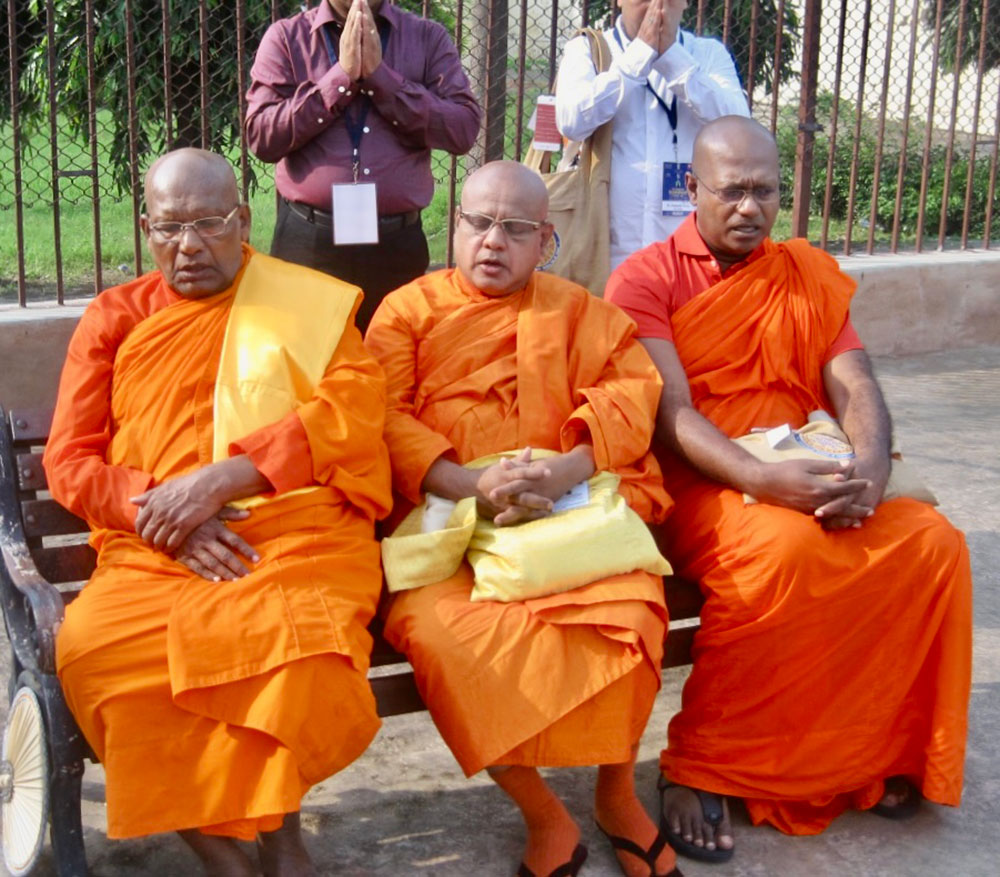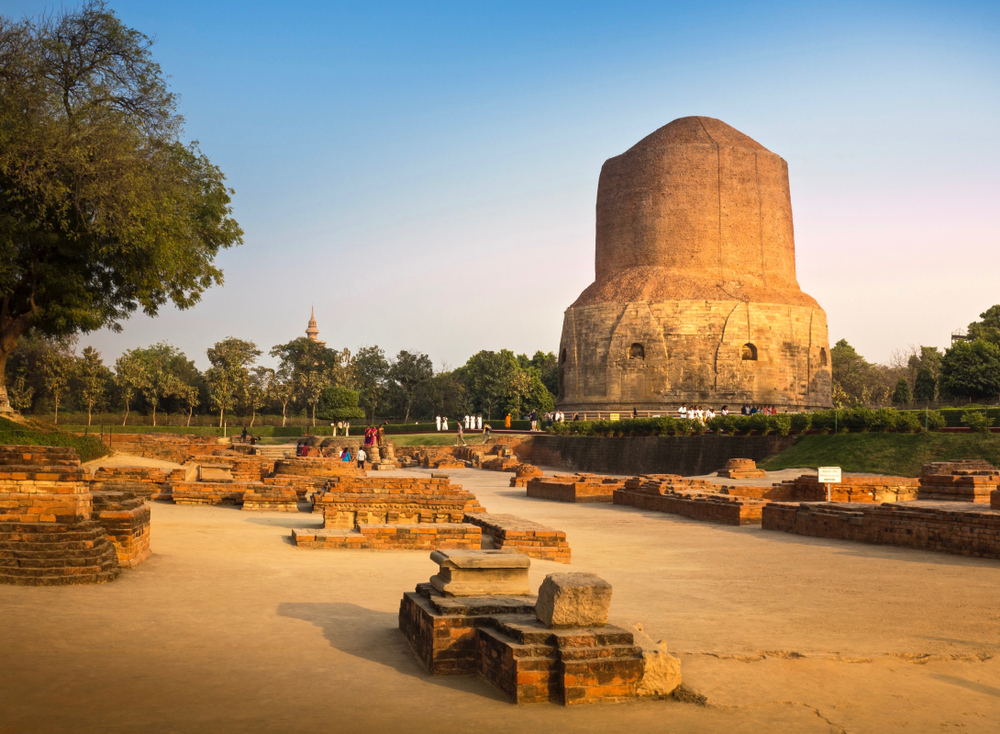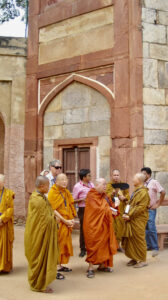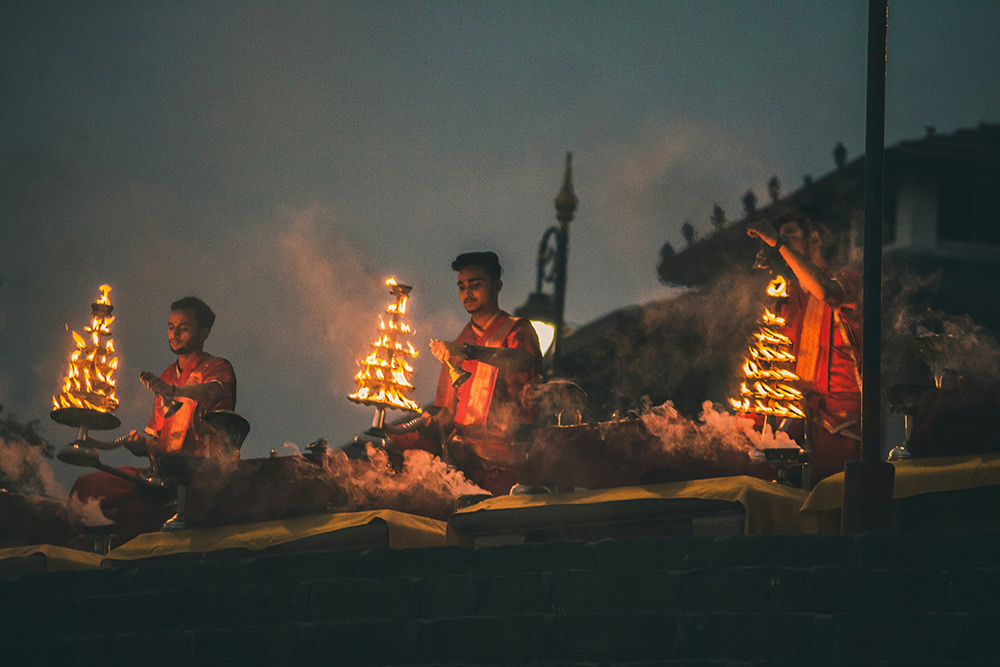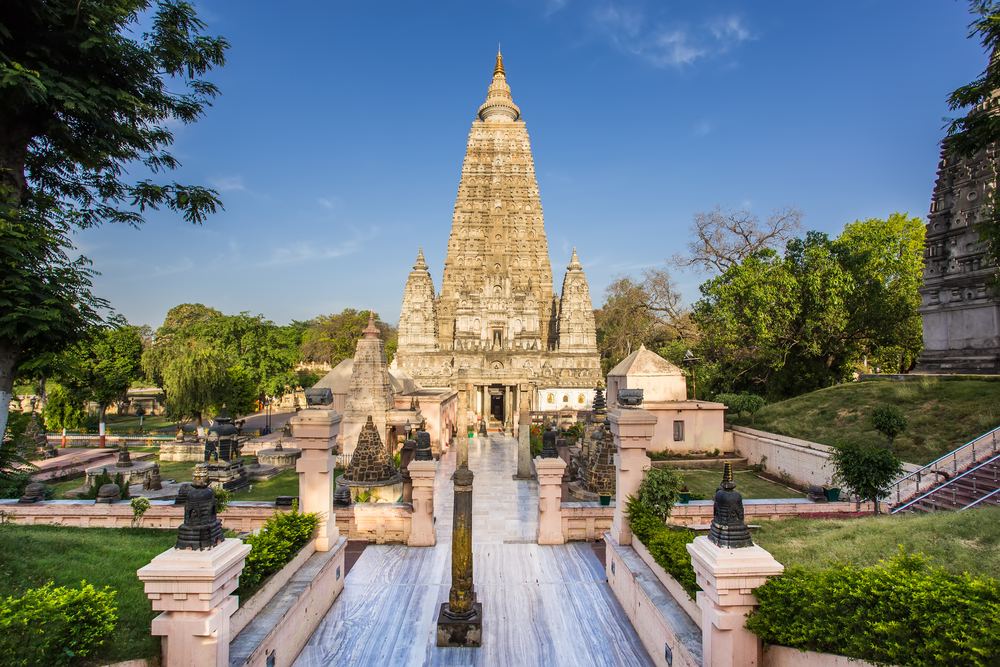Indian pilgrimage
The signs were good from the beginning of my Indian pilgrimage, having an empty seat next to me on the flight over with Thai Airways. It is a great start on the first leg of my journey to India to take part in an International Buddhist Conclave.
I am something of a novice at pilgrim touring but certainly up for what lies ahead on this initiative of the India Government under the Ministry of Tourism. One that recognises the importance of Buddhism to India and the promotion of pilgrim and heritage tourism. It’s part of a growing trend in faith tourism where people travel individually or in groups for pilgrim, missionary, or leisure purposes.
Nowhere is this more obvious than in the world’s largest form of mass religious tourism during the annual Hajj pilgrimage in Mecca, Saudi Arabia. Similarly for centuries Christian pilgrimages have been made to sites connected with the ministry of Jesus, notably Santiago de Compostela and Lourdes.
On this occasion we are taking in the cities of New Delhi, Sarnath (Varanasi) and Bodhgaya, the latter two considered the “Land of the Buddha” – where Buddha taught and became enlightened 2500 years ago.
Pilgrim’s Progress
I’m one of 300+ delegates from 38 countries including monks, nuns, travel media and religious experts, zig-zagging our way through Uttar Pradesh in the challenging chaos and wild beauty that defines India, travelling by plane, coach and automobile.
In New Delhi, with its population of 18 million, we visit the 800-year-old Qubt Minar Tower, the tallest brick minaret in the world made of sandstone and red marble. The accompanying monks in their predominantly saffron robes are enjoying this archaeological area containing funerary buildings, notably the magnificent Alai-Darwaza, the masterpiece of Indo-Muslim art (built in 1311) and two mosques, including the Quwwat ul-Islam, the oldest in northern India, built of materials reused from some 20 Brahman temples and Hanuman’s Tomb. Their Nikons, iphones and iPads take in every detail, selfies and group shots are taken, a vision that brings them squarely into the 21st century.
History of Buddhism
High on this spiritual journey is a visit to the National Museum – New Delhi with its Buddhist Art and the added attraction, the gallery on Buddhism. Here are housed the sacred relics of the Buddha (5th-4th century B.C.) unearthed from Piprehwa, Distt. Basti and outstanding specimens of Buddhist Art as a global movement, illustrated through 84 exhibits. Objects that stimulate a sense of devotion, dedication and love for humanity.
Most revered of all in the museum’s collection are the four bone fragments of the Buddha, part of the trove of 22 bone fragments that were discovered by the Archaeological Survey of India (ASI) in the 1970s in Kapilavastu, Uttar Pradesh. It is where Buddha grew up as a prince before renouncing the world.
In this room, by special arrangement a group meditation is held. Enthusiastic monks losing themselves in the moment jump up and take selfies and photos of the other monks. Deep in introspection, my eyes blink open in disbelief, and as I am not clear on the tenets of Buddhist meditation, resume my meditative pose.
Our journey continued on two internal flights, the first to Varanasi, where we were greeted by school children bearing flags of the nations we represent, a local orchestra and garlands of yellow marigolds.
Then, in a convoy of seven coaches and 4WD vehicles we drove to the impressive 34m Dharmekh Stupa in Sarnath, set in a peaceful park of monastery ruins. It marks the spot where the Buddha gave his first sermon after attaining enlightenment.
Onto Varanasi
In Varanasi, we have little time to witness the burning funeral pyres of Varanasi’s main ghat, Dashashwamedh, fiery cremations that break the cycle of death and rebirth for Hindus. Instead that evening with a police escort, we were guided to the Ganga River, down steps covered in red carpet that earlier held the pyres of burning bodies, to VIP front row seats to witness Hindu priests perform the colourful nightly Agni Pooja (Worship to Fire).
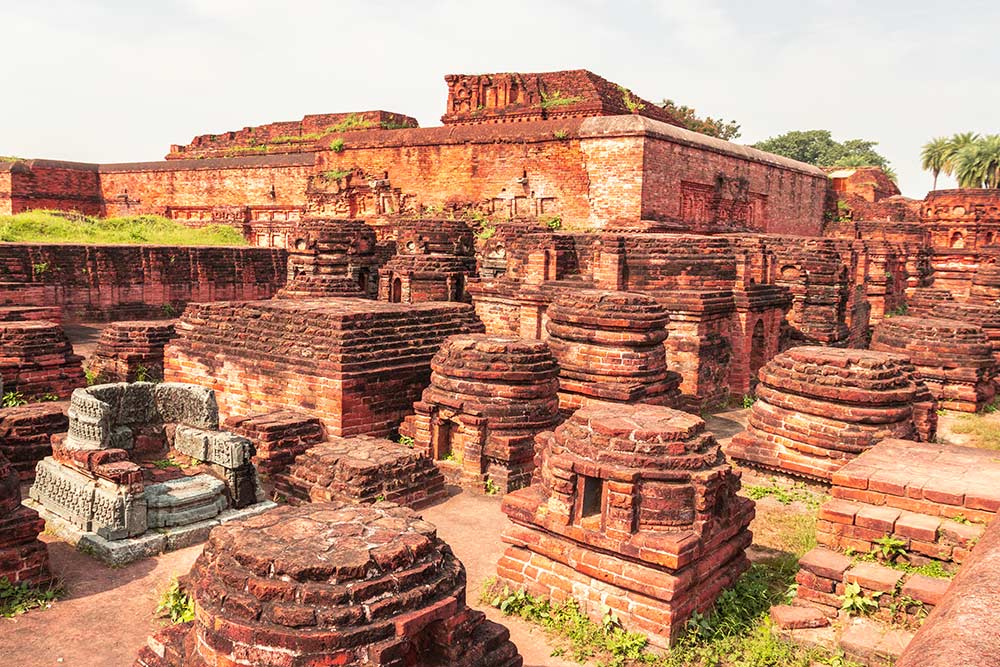
The ruins of Nalanda, which once was a massive Buddhist monastery in the ancient kingdom of Magadha. explorewithinfo/Shutterstock
The following day, after a taxing two-and-a-half-hour drive to Nalanda and Rajgir through villages and farm country lined by enthusiastically waving schoolchildren, we arrived at the Nalanda Monastery complex and Venu Van (Bamboo Grove) the first land offered to the Buddha and his monastic order.
Finally, after flying to Bodhgaya, the very crucible of Buddhism, we arrived at the Mahabodhi Temple complex, one of the earliest Buddhist temples built entirely in brick still standing in India. There, in quiet meditation, we sit with hundreds of others under the spreading branches of the Bodhi tree to meditate and await enlightenment – each in his own good time.
The rest, as they say, is silence, except for the whirl of nearby video cameras!

